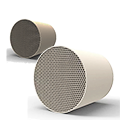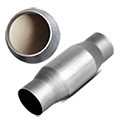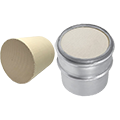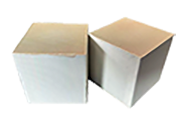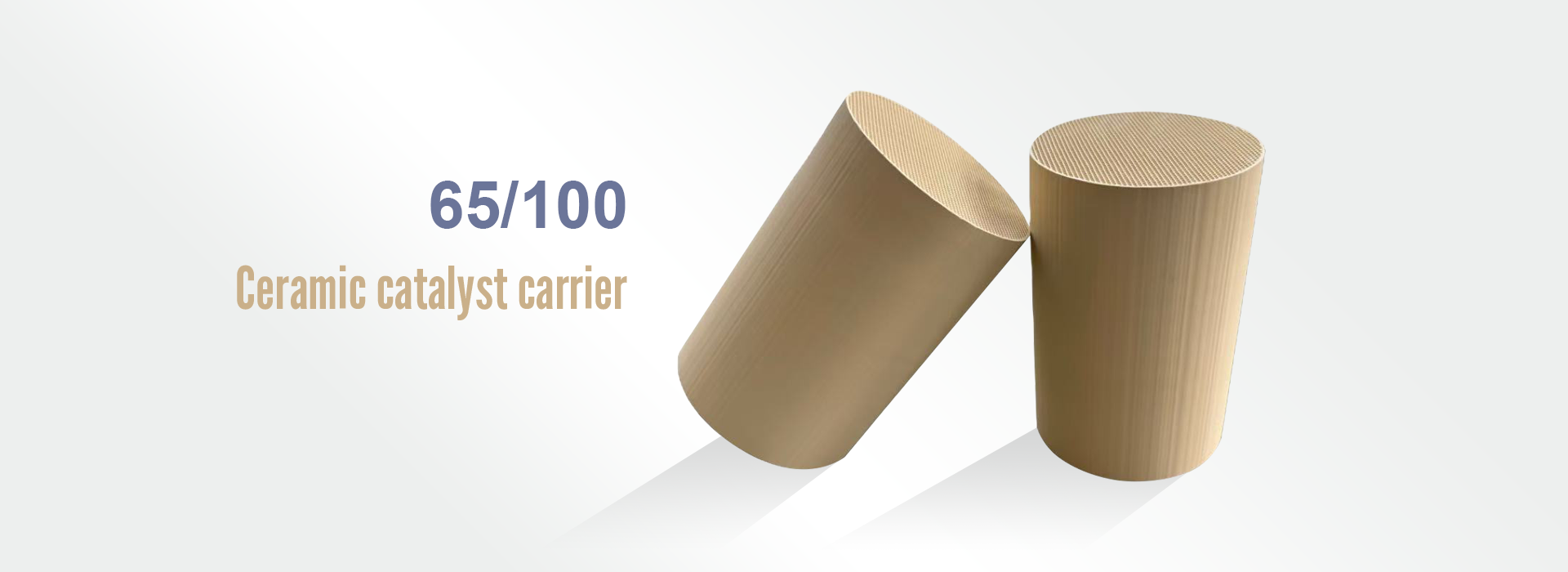The working principle of a three-way catalytic converter is that when high-temperature exhaust gas passes through the converter, the purifier in the CFC enhances the activity of CO, HC, and NOx, prompting them to undergo a specific oxidation-reduction chemical reaction. At high temperatures, CO is oxidized to colorless, non-toxic carbon dioxide; HC compounds are oxidized to water (H₂O) and carbon dioxide; and NOx is reduced to nitrogen and oxygen. These three harmful gases are converted to harmless gases, effectively purifying the exhaust.
The CFC is similar to a muffler. Its outer surface is made of a double layer of stainless steel sheets in a cylindrical shape. Asbestos fiber felt, a thermal insulation material, is placed between the two thin layers. Inside, a purifier is placed between mesh partitions. The purifier consists of a carrier and a catalyst. The carrier is typically made of aluminum oxide and can be spherical, polygonal, or with mesh partitions. The purifier actually acts as a catalyst, also known as a catalyst. Catalysts are made of platinum, rhodium, or palladium. Spraying one of these metals onto the carrier creates the purifier.











